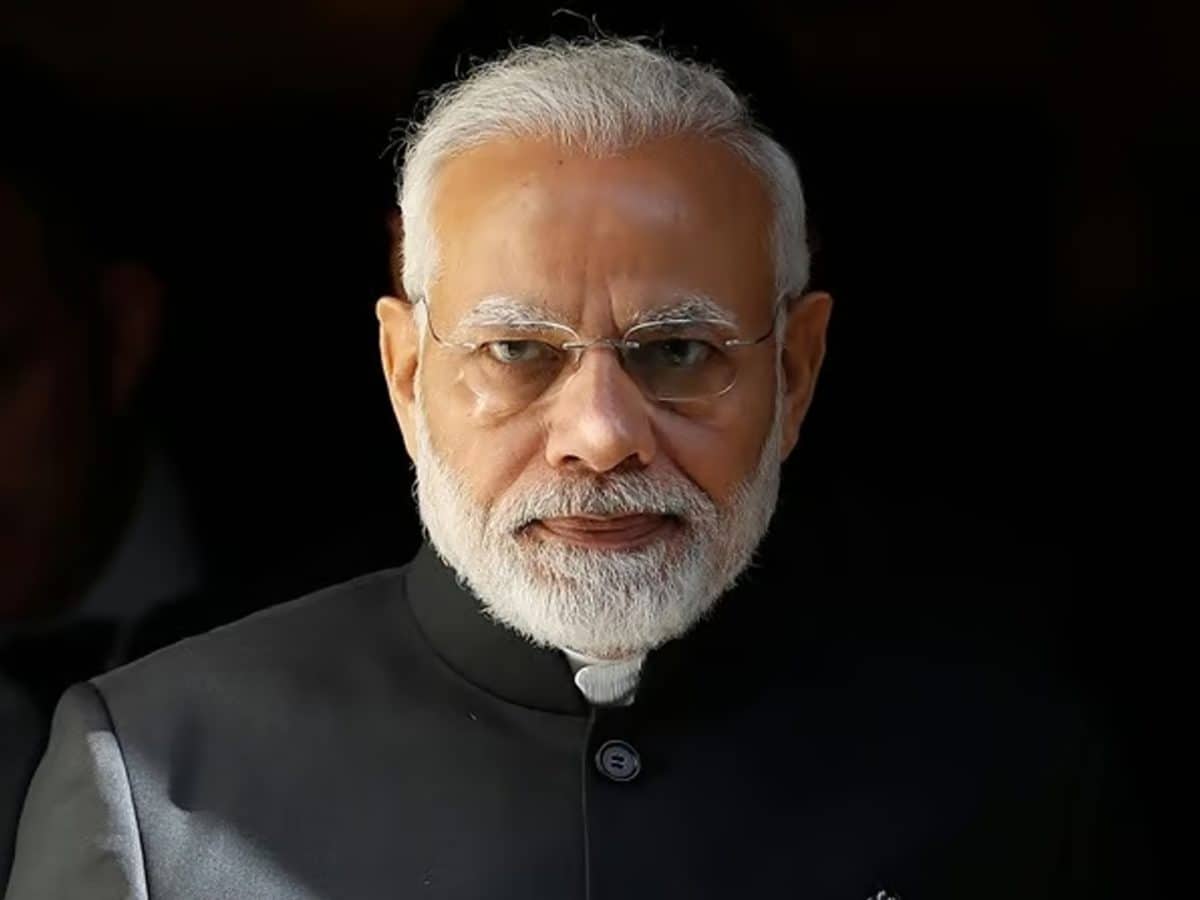Claim:
Prime Minister Narendra Modi’s retirement will significantly impact Indian manufacturing, determining whether the ‘Make in India’ initiative thrives or declines under new leadership.
Fact:
While Modi’s tenure introduced key manufacturing initiatives like ‘Make in India,’ the sector’s future depends on multiple factors, including the successor’s policies, global economic conditions, and structural challenges.
Evidence:
The Modi Era and Manufacturing
Modi’s leadership saw initiatives aimed at strengthening domestic manufacturing:
- Make in India campaign sought to attract foreign direct investment (FDI) and boost production.
- Growth in FDI in manufacturing, though fluctuating, showed periods of significant increase.
- Infrastructure projects were initiated to support industrial expansion.
- Challenges such as bureaucratic delays and infrastructure limitations persisted.
Fact-Checking the Claims
Supporters of Modi’s manufacturing policies point to:
- Increased FDI inflows into sectors like electronics and defense manufacturing.
- Expansion of industrial corridors and special economic zones.
- Rise in domestic production in select industries like mobile manufacturing.
Critics highlight:
- Unmet targets for employment generation and industrial output.
- Dependence on imports for critical manufacturing components.
- Structural issues like land acquisition and labor regulations that remain unresolved.
A neutral assessment requires analyzing government reports, industry data from bodies like the CII (Confederation of Indian Industry) and FICCI (Federation of Indian Chambers of Commerce and Industry), and independent economic evaluations.
Potential Repercussions of Modi’s Retirement
- Policy Uncertainty: The new leadership’s approach to manufacturing incentives, trade policies, and industrial support will shape the sector’s future.
- Impact on Key Sectors: Renewable energy manufacturing and industries reliant on subsidies may see changes based on the successor’s priorities.
- Tariff and Trade Policies: Sectors facing import competition could experience shifts in trade regulations.
Beyond Individual Leadership
- Manufacturing growth isn’t dependent on a single leader. Structural challenges such as land acquisition laws, labor reforms, and financing options will influence progress irrespective of leadership changes.
- Global Factors: Supply chain shifts, geopolitical tensions, and economic downturns play a crucial role in manufacturing outcomes.
Conclusion:
While Modi’s policies played a role in shaping Indian manufacturing, attributing the sector’s future solely to his retirement is misleading. The extent of change depends on the new leadership’s policies, global economic conditions, and existing structural factors. Evaluating Modi’s manufacturing legacy requires a fact-based analysis, avoiding overgeneralized narratives.
Verdict: Partly True. Modi’s retirement introduces uncertainty, but manufacturing success depends on broader economic and policy dynamics beyond any single leader.

